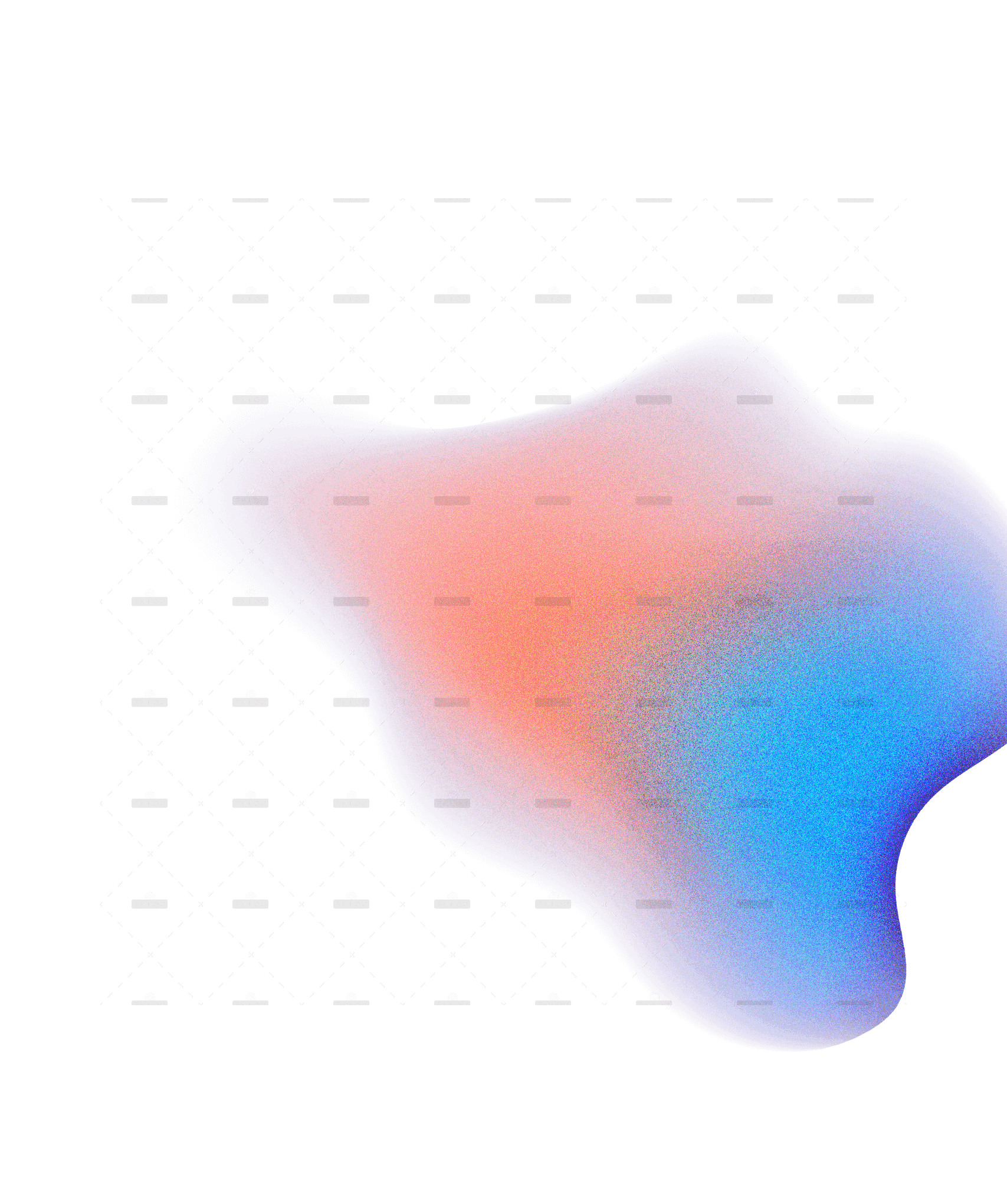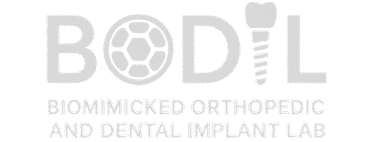



Publications
Research Question
Strong science begins with the right question.
What is the biomechanical impact of tumor size and anatomical location on the structural integrity of the distal femur with epiphyseal defects greater than 35% following curettage and cement augmentation in Giant Cell Tumor (GCT), and based on which biomechanical criteria should the necessity, type, and orientation of orthopedic fixation be determined to ensure optimal post-operative stability?
This research focuses on the biomechanical evaluation of distal femoral defects caused by Giant Cell Tumor (GCT). Specifically, it investigates how tumor size and anatomical location (in defects exceeding 35% of the epiphyseal area) affect the structural integrity and fracture risk following curettage and cement augmentation.
Additionally, the study explores optimal reinforcement strategies when orthopedic fixation is required. It aims to define biomechanical criteria for selecting the type, orientation, and configuration of bone cement reinforcement to enhance post-operative stabilit.
How do specific surface modification parameters alter the micro- and nano-topography of titanium dental implants, and how do these changes influence osteoblast behavior during early osseointegration?
How do specific surface modification parameters alter the micro- and nano-topography of titanium dental implants, and how do these changes influence osteoblast behavior during early osseointegration?
How does the micro-thread design—specifically the pitch, depth, and width—in the neck region of dental implants influence the primary stability when paired with implants of identical design in the body region?
This study employs three-dimensional finite-element analysis to quantify how varying the micro-thread geometry in the neck region of dental implants affects their primary mechanical stability and the stress distribution pattern in the surrounding bone.
How does the geometry of dental implant threads influence the surrounding bone density over time?
This project aims to investigate the biomechanical influence of thread geometry on peri-implant bone remodeling using finite element analysis (FEA) combined with bone remodeling theories. Various thread profiles—including buttress, reverse buttress, square, and triangular—will be modeled and inserted into an axisymmetric 2D representation of bone tissue. The simulations will assess stress distribution and long-term bone adaptation. The goal is to identify the thread geometry that optimally promotes osseointegration.
How do anodization parameters—such as voltage, duration, and electrolyte composition—affect the hydrophilicity and surface properties of iranian titanium dental implants?
This project investigates the effects of controlled anodization on the surface hydrophilicity of titanium-based dental implants, with the goal of enhancing their osseointegration performance. Surface wettability is a critical factor in promoting protein adsorption and cell attachment, both of which accelerate the integration of implants with surrounding bone. By systematically varying anodization parameters—including applied voltage, treatment duration, and electrolyte composition—we aim to develop biocompatible nanostructures that improve the bioactivity and mechanical stability of the implant. Surface properties are evaluated using contact angle measurements, AFM, and Raman spectroscopy. This work supports the development of high-quality, competitive dental implants within the domestic industry.nt
How can the surface hydrophilicity of titanium implants be preserved long-term using thermal oxidation under controlled temperatures and conditions?
Considering the significance of surface properties in improving the osseointegration of titanium dental implants, this project initially modifies the implant surface using electrochemical anodization to create a nanotubular TiO₂ structure. This nanostructure, formed at low temperatures, is initially hydrophilic but tends to lose this property over time due to the phenomenon known as hydrophobic recovery.
To address this issue, thermal oxidation is applied, in which the samples undergo heat treatment at various temperatures and environments. The goal of this step is to achieve a more crystalline structure of titanium oxide.
To evaluate the effect of thermal oxidation, tests such as water contact angle measurement (for hydrophilicity assessment) and Raman spectroscopy (for phase analysis) are conducted.t
How do variations in the number and configuration of screws in internal fixation systems affect the mechanical stability and fracture risk in the treatment of giant cell tumors?
Giant cell tumors of bone are benign yet locally aggressive tumors that primarily affect the epiphysis of long bones, leading to significant bone damage and an increased risk of fractures. These tumors are most prevalent in the third decade of life and are associated with a high likelihood of local recurrence, which depends on the treatment method and initial tumor characteristics. Surgical intervention, typically involving tumor resection and filling the resultant bone cavity with bone cement or employing internal fixation devices such as plates and screws, is the standard treatment approach.
The primary aim of this study is to identify optimal screw placement patterns and quantities to enhance mechanical stability and reduce the risk of fractures in bones undergoing internal fixation. Given the critical role of bone stabilization in healing processes, this research will employ Finite Element Analysis (FEA) to compare various screw configurations and arrangements.
The study will begin with the modeling of the femur's geometry using DICOM images, followed by the creation of a model representing the bone with a cavity filled with bone cement. Standard plates and screws will be selected and assembled in various orientations. Each component's mechanical properties will be assigned, and biomechanical performance evaluations will be conducted using ABAQUS software for finite element analysis. Key mechanical parameters, such as von Mises stress, will be reported and compared across different screw configurations and quantities.
The anticipated results of this research will contribute to the improvement of surgical techniques and the application of internal fixation devices. By determining the optimal structural configurations that enhance bone stability and minimize post-operative fractures, this study aims to improve patient outcomes and quality of life while reducing complications associated with bone fractures.
Improving the acid etching process to optimize the surface roughness of dental implant fixtures
In this project, the optimal surface roughness of dental implant fixtures was determined by varying the temperature and duration parameters of the acid etching process








